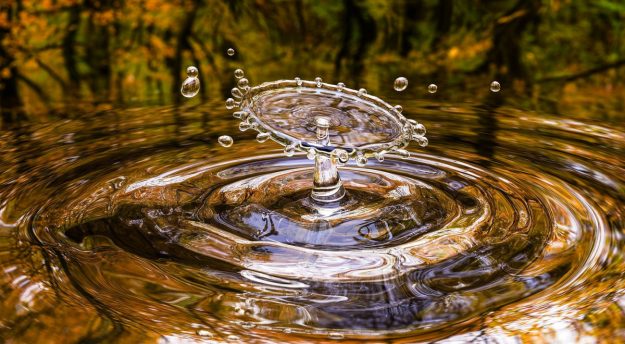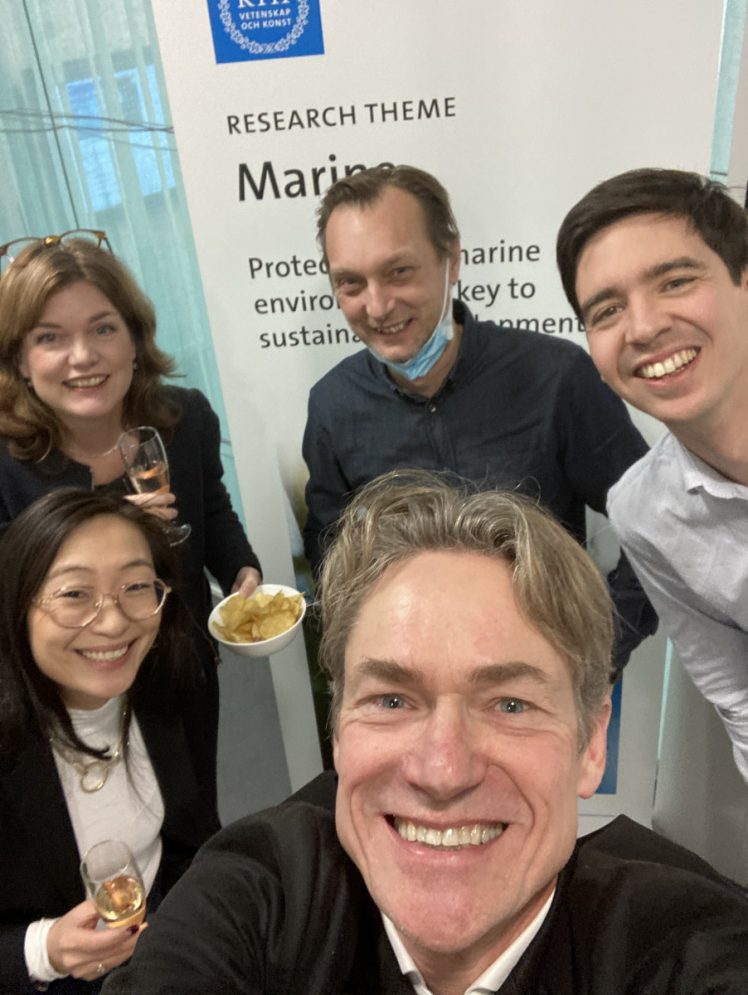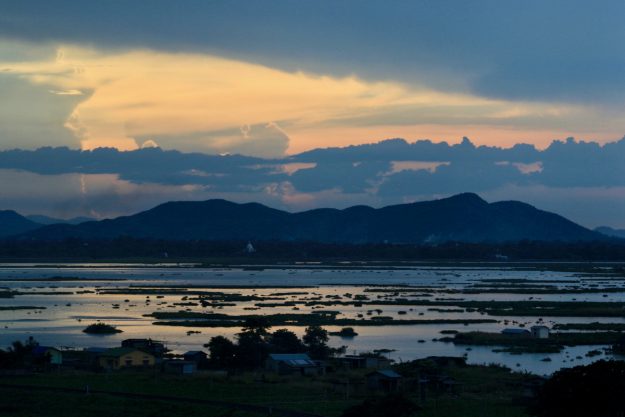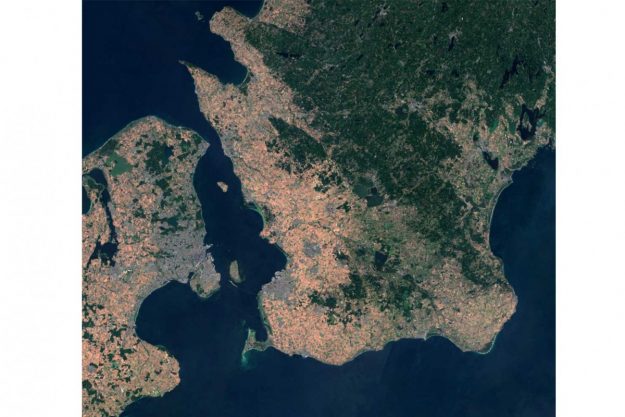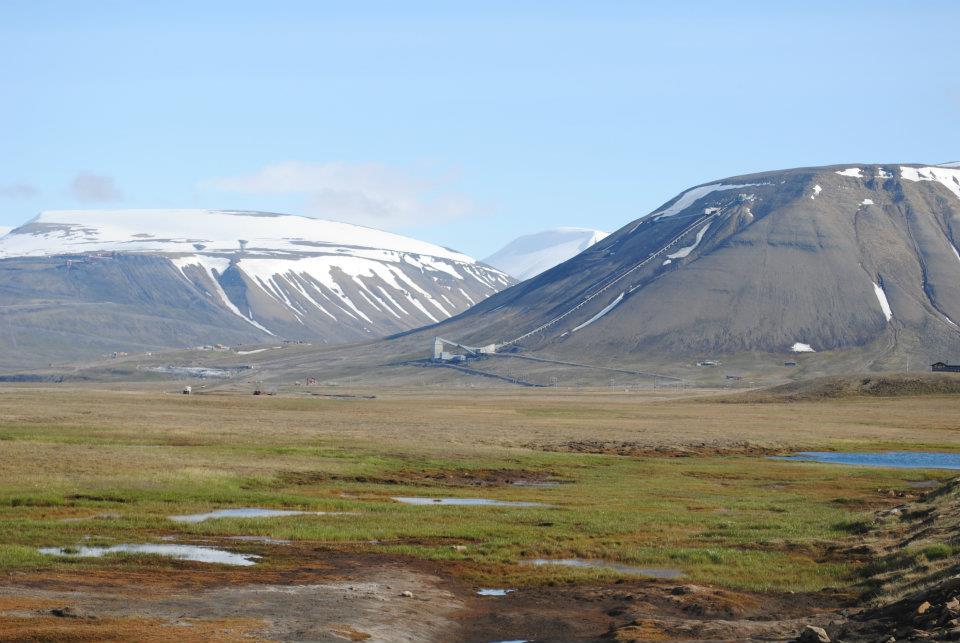by Alicia Gutting, PhD student
Nuclear energy is a highly debated field and depending on the societal context usually either embraced or fully rejected. From an outsider position it sometimes seems as if there was no in between: you are either pro- or anti-nuclear. This does not solely apply to times of active nuclear energy generation, but it also affects the future and finding solutions for safe storage of nuclear waste. In today’s interview with Andrei Stsiapanau we will hear more about the nuclear debate in the former Soviet Union. Andrei is a guest in our Nuclearwaters project since January 2020 and he is a scholarship holder of the Swedish Institute Visby Scholarship Program for Senior Researchers. He researches how nuclear energy is being socially and politically debated in Russia, Belarus and Lithuania and he is especially interested in the politics of nuclear waste in Russia, Lithuania and Sweden.
Alicia Gutting: Andrei, could you please let us know what you have been working on in the past months?
Andrei Stsiapanau: During the last months I have been working on the nuclear waste management issues in Russia as well as in Lithuania and Sweden. When more and more nuclear facilities throughout the world enter the stage of decommissioning, it is becoming particularly urgent to find sustainable solutions to the issue of nuclear waste. The list of possible technical solutions for spent nuclear fuel and other types of waste include deep geological disposal after reprocessing (favoured in France, Japan, and UK); direct deep geological disposal (favoured in Belgium, Sweden, Finland, Germany, USA and Czech Republic); surface long-term storage (favoured in the Netherlands, Italy and Spain). Each of these solutions translates into different ways on how to communicate, classify and govern nuclear waste in a particular country.
My research is focusing on how nuclear waste issues are communicated in various techno-political contexts. While studying how nuclear waste issues are being negotiated with communities in Russia, I discovered that natural resources like clay are used within nuclear waste discourses to mitigate the risk of potential radioactive contamination. It was my starting point to investigate how natural resources are used in various discourses about nuclear waste to make it less dangerous and harmful for people and environments. In the cases of Lithuania and Sweden, I am investigating how, through awareness and information campaigns, risks associated with nuclear waste are mediated and mitigated to transform the hazardous nuclear objects into manageable waste.
AG: What role does clay play?
AS: According to numerous researches on the role of the natural barrier in the nuclear waste disposal system, clay as well as crystalline rock are considered as a retardation medium for radionuclides migration. The multi barrier protection within nuclear waste technology illustrates how natural barriers or the geology of the disposal site will retard or mediate for both fluid flow and radionuclides migration in case of the engineering layer decay. This kind of technical vision of the disposal process promotes the natural protection layer as a reliable tool for absorption and immobilization of radioactivity. Geological and chemical studies of clay rock in various sites in the United States, France, Belgium, Canada and Russia show that clay has a number of absorption properties valuable for immobilization of the radioactive elements in the geomedia in case of the technical barrier decay. Thus, clay has become employed as a part of the nuclear waste management process. It represents a tool for absorption, immobilization and confinement of radioactivity. Including clay in the whole process of the nuclear decommission and decontamination makes it possible to reconsider the role of natural resources and materials in nuclear waste technologies and multi-barrier protection discourses.
AG: Are there differences in the Swedish and the Lithuanian (political) approach?
AS: Nuclear waste management systems in Sweden and Lithuania are developing in the context of decommissioning and nuclear phase out but following different trajectories and guidelines. The final repository for short-lived radioactive waste located at Forsmark in the municipality of Östhammar started operating in 1988. Lithuania is only now entering the phase of the construction of the landfill repositories for low and medium radioactive waste, and the construction of the geological disposal is programmed for after 2045. The Swedish approach represents an advanced example of nuclear waste management, based on the long-term experience of scientific research, transparent decision-making and continued reliance on public opinion and participation. Some connections in sharing nuclear waste management technology and experience exist between these two Baltic Sea countries. The Swedish nuclear waste authority, SKB, has been involved in the assessment of the existing nuclear waste facilities at the Ignalina NPP site in Lithuania since the 1990s. Swedish nuclear research and governance institutions continue to contribute to the transfer of knowledge and expertise in nuclear waste management taking part in numerous joint international research projects (BEACON; EURAD).
AG: What role does environmentalism play in the debate?
AS: As the two countries are at different stages of implementation of nuclear waste programs, it illustrates different levels of public engagement in the site selection process and environmental impact assessment of the radioactive waste disposals. In Sweden environmental issues are at the core of the public debate and concerns about the nuclear waste management program and are involving various actors, from local communities to International NGOs and leading national media outlets. In Lithuania environmental issues are less questioned, site selection is not contested and public participation is limited to local communities of the nuclear site with scarce media coverage. I suppose this situation will change with the start of a public discussion about the site selection for geological disposal of high radioactive waste and SNF and its environmental impact assessment. This debate will expand nuclear waste issues to the national scale. Considering environmentalism not only as participatory but also as scholarly concern, at the moment there are relatively few studies in environmental humanities and history about the uses of the natural resources in nuclear waste confinement and its impact on social and natural landscapes.
AG: Do people in the two countries differ in their risk perception?
AS: Different levels of public engagement in the nuclear decision-making illustrates different public opinion dynamics as well as public perception of nuclear risks. In Sweden due to the nuclear phase-out decision in 1980 and to the high impact of environmental movements, critical voices are prevailing the publicity concerning nuclear waste. In Lithuania the nuclear energy use became public only in the 1990s after the reestablishment of the independence and were associated mostly with Chernobyl disaster risks and anti-communist, sovereignty claims. During the transition period, the use of nuclear energy was considered as necessary for the economic and social developments of the country; political personnel, nuclear engineers and Lithuanian citizens embraced the energy produced by the Ignalina NPP as a national resource. The referendums about nuclear energy uses in Lithuania in 2008 and 2012 after the start of the decommissioning of the Ignalina NPP showed a rather radical change from pro- to anti-nuclear attitudes challenging the plan to construct a new NPP in the country.
*This interview originally appeared on the Nuclear Waters project website.
